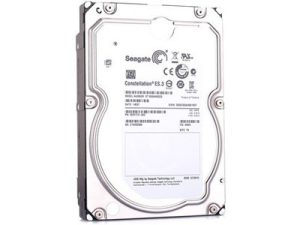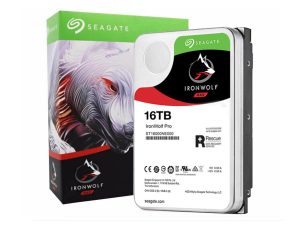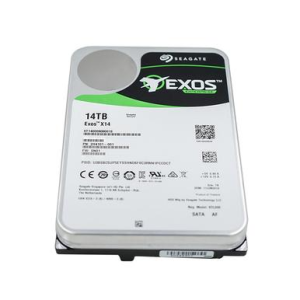When choosing enterprise-grade hard drives, Seagate’s Exos and IronWolf series stand out as top contenders—but which one fits your needs? With 2025 storage trends emphasizing higher capacity and reliability, understanding these two product lines is critical for bulk buyers. Here’s a breakdown of their strengths, ideal applications, and what to consider before purchasing.
Exos vs. IronWolf: Performance and Target Markets
Seagate Exos is engineered for hyperscale data centers and high-intensity workloads. The latest Exos X20 (20TB) model boasts 7200 RPM, 256MB cache, and an annual workload rating of 550TB, optimized for 24/7 operations. Its SAS/SATA interfaces and helium-sealed design reduce power consumption by 40% compared to air-filled drives, according to 2025 enterprise storage reports.
Seagate IronWolf, designed for NAS environments, prioritizes RAID performance and vibration resistance. The IronWolf Pro 22TB (CMR, 7200 RPM) features AgileArray firmware for multi-user access, with a 300TB/year workload rating. Its focus is on small-to-medium businesses requiring balanced speed and durability.
Key Decision Factors:
- Workload: Exos for enterprise-level throughput; IronWolf for collaborative NAS workflows.
- MTBF: Exos: 2.5M hours vs. IronWolf: 1.2M hours.
- Price (2025): Exos 20TB averages $380; IronWolf Pro 22TB around $420 (bulk discounts apply).
How to Optimize RAID Configurations for Each Drive?
Searches for “Exos RAID setup” reveal growing interest in maximizing these drives’ potential. For Exos, hardware RAID controllers (e.g., Broadcom MegaRAID) are recommended due to their error-recovery controls. A step-by-step approach:
- Configure RAID-6 for Exos arrays to leverage dual-parity protection during rebuilds.
- Set stripe size to 1MB for large sequential writes (common in backups).
- Enable TLER (Time-Limited Error Recovery) to prevent drive dropouts.
For IronWolf, Synology DSM or QNAP QTS systems simplify RAID-5 setups:
- Use IronWolf Health Management (IHM) to preemptively detect NAS-specific issues.
- Allocate 10% of capacity as spare area for wear-leveling.
- Schedule monthly RAID scrubs to maintain consistency.
Future-Proofing: Will HAMR or Dual-Actuator Tech Matter?
With Seagate’s Heat-Assisted Magnetic Recording (HAMR) hitting 30TB+ in 2025, buyers wonder about compatibility. Current Exos models use conventional PMR but support hybrid HAMR upgrades via firmware. Dual-actuator drives (e.g., Exos 2X14) double IOPS—ideal for AI training clusters where latency must stay under 4ms.
IronWolf’s roadmap focuses on CMR durability, avoiding SMR trade-offs. Its 10-bay NAS compatibility lists ensure seamless integration even with older enclosures.
As a Seagate Elite Partner, HUAYI INTERNATIONAL LIMITED guarantees authentic Exos and IronWolf drives with direct-factory allocation. Our wholesale advantages include FOB/CIF global logistics, 3-year advance replacement warranties, and 24/7 technical support—critical for minimizing downtime. Request a 2025 bulk quote today to lock in competitive pricing before Q4 demand surges.




